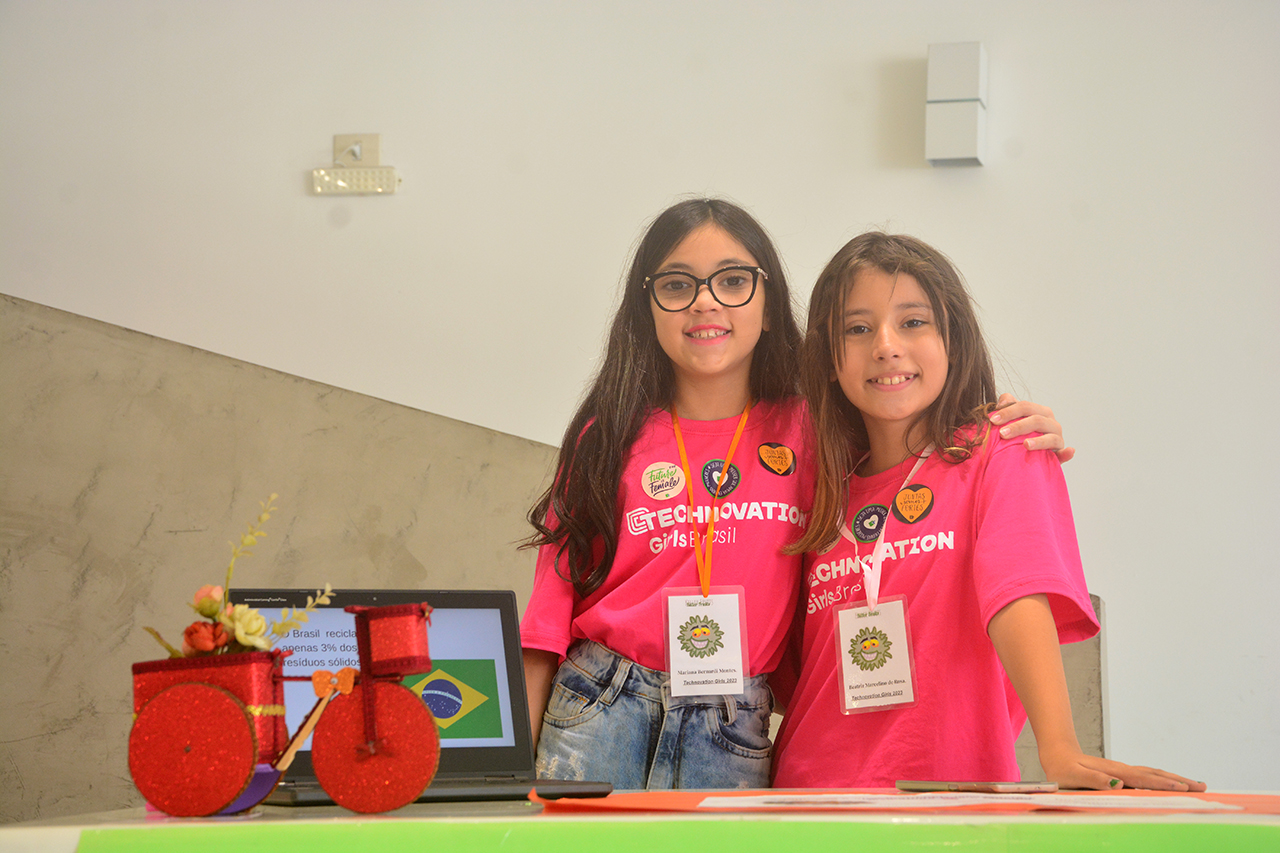Open to access this content
User Adoption Plan
Open to access this content
Business and Mission Statements
Open to access this content
Partnering with Organizations
Open to access this content
Marketing your Product
Open to access this content
Calculating Revenue
Open to access this content
Operating Costs
Open to access this content
Business Plan
Open to access this content
User Adoption Plan [Junior Division]
Open to access this content








